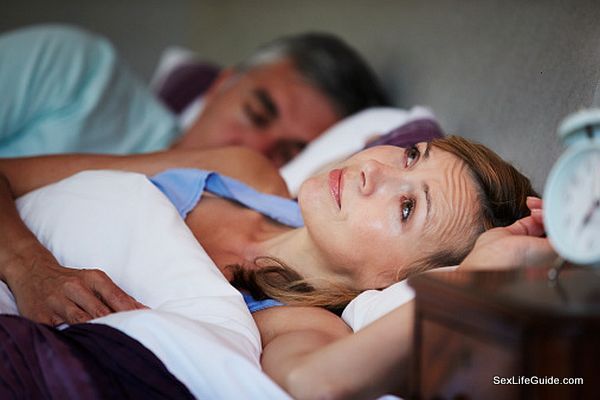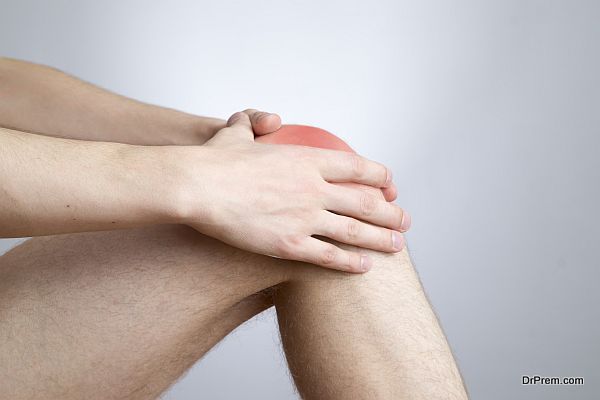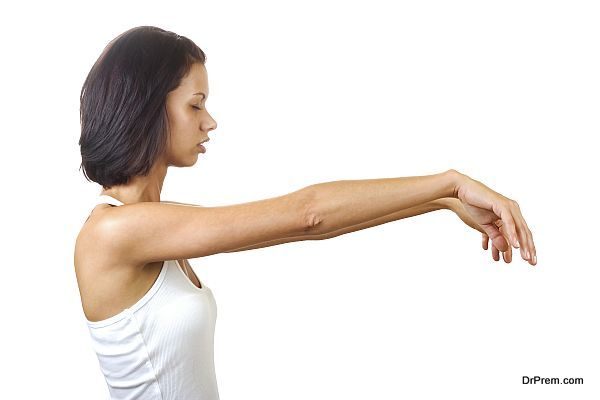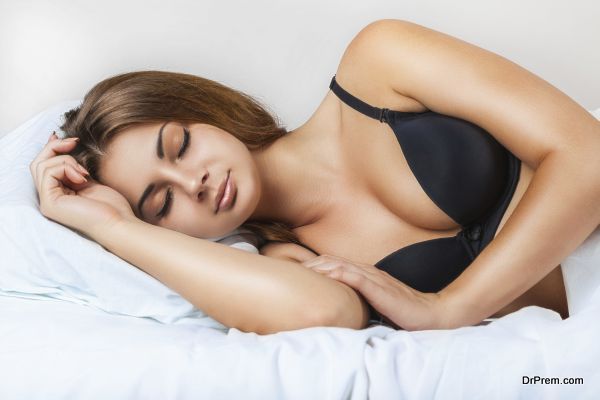It’s recommended that adults get anywhere between 6 and 8 hours of sleep a night. This isn’t always easy when you factor in hectic work schedules, family obligations, stress, and other external factors. But what if you suffer from a sleep condition that keeps you from getting much needed rest?
Here are some of the most common sleep disorders and recommendations for treatment.
Insomnia

When you hear of sleep disorders, this is likely the first one that comes to mind. With over 60 million people in America suffering from insomnia, it is a common and debilitating sleep disorder.
Those suffering from insomnia not only experience difficult falling asleep, but also staying asleep once they do. Insomnia is a chronic condition, meaning it is recurring. There are several factors that can cause insomnia including high levels of stress, anxiety, depression or substance abuse. Some medications have also been known to cause insomnia.
If you experience three months or longer of insomnia symptoms, you’re likely need medical treatment. There are several options for treating insomnia including medications paired with cognitive behavioral therapy.
Sleep Apnea

Sleep apnea is another very common sleep disorder, affecting 22 million Americans. Unlike insomnia, sleep apnea is caused by a physical condition rather than cognitive.
Sleep apnea sufferers have either a complete or partial blockage of their throat, known as obstructive sleep apnea. This is most commonly seen in individuals that are overweight. That’s because when you fall asleep, the tongue and muscles in your throat relax. People carrying additional weight have a more restricted airway. Other factors can cause and worsen sleep apnea symptoms including smoking, alcohol, and use of sleep aids.
The most common symptom and side effect of this disorder is when patients stop breathing for anywhere between five and 10 seconds at a time. This can happen several times throughout the night, without the individual even noticing. Sleep apnea sufferers often snore very loudly but are unaware they are doing so. Additional side effects include headaches and fatigue, as sleep apnea sufferers experience broken, disrupted sleep.
One of the most common treatments for sleep apnea is the use of a CPAP (continuous positive airway pressure) machine. These types of machines force air down a person’s throat, helping to keep their airways clear. A visit to your doctor can help determine if you are suffering from sleep apnea and a sleep study may be ordered.
Narcolepsy

This may be the scariest of the sleep disorders, since those suffering from narcolepsy can fall asleep at any time and place, though this isn’t as common as most people think. Narcolepsy is another cognitive sleep disorder caused by abnormalities in the brain. These abnormalities affect the parts of your brain that control the sleep-wake cycles. Narcolepsy can be hereditary or brought on by a brain injury.
There are times when narcolepsy sufferers may fall asleep without warning, but many are simply in a constant state of sleepiness – trapped between being asleep or being fully awake. Often times, individuals with narcolepsy will sleep fine during the night, though some experience disturbances. Individuals also wake feeling rested initially, but will get progressively more tired as the day goes on. Other common symptoms of narcolepsy include:
- Cataplexy (sudden loss of muscle tone)
- Sleep paralysis (the inability to move or speak while falling asleep or waking up)
- Hallucinations (vivid images accompanying paralysis)
- Automatic behaviors (temporary sleep while performing an activity)
- Insomnia symptoms (difficulty staying asleep)
Medication is the most common treatment for this rare disorder. So rare, that only around 200,000 adults suffer from narcolepsy each year. Diagnosis is generally made following a sleep study or MSLT (multiple sleep latency test). The most common treatment for narcolepsy is medication. But other lifestyle changes can help as well, including:
- Taking short naps
- Avoiding heavy meals before bed
- Exercise
- Avoiding tobacco and alcohol
- Relaxing before bed
- Maintaining a regular sleep schedule
These recommendations are actually effective for a variety of sleep disorders, as well.
Restless Leg Syndrome

This condition, also known as RLS, is a nervous system disorder that creates the urge to move one’s legs, causing disrupted sleep. The urge to move your legs comes from an uncomfortable sensation that movement seems to relieve. The sensation is described as itchy or similar to the “pins and needles” you experience when a limb loses circulation for a short period of time. Unfortunately for those suffering from RLS, symptoms are worse during rest or when lying down. This is why RLS is considered a sleep disorder.
RLS effects about 10% of the population and is most common in middle-aged women, though it can affect men and adolescents as well. Symptoms can range in severity from mild to debilitating. Mild symptoms are sometimes difficult to diagnose because of their inconsistency. There’s no known cause for RLS, though some believe it is hereditary. Other conditions associated with RLS include pregnancy and other chronic diseases including diabetes, kidney failure, and iron deficiency. Certain medications have also been associated with RLS.
Diagnosis is based primarily on a patient’s symptoms and description of the sensation. Blood tests may be used to determine if an iron deficiency or other external factors are present. Treatment for RLS is geared most toward lifestyle changes, many of which have been mentioned for other sleep disorders. These include:
- Regular exercise
- Consistent sleep schedule
- Avoiding tobacco, alcohol, and caffeine
RLS patients may also find relief in leg massages, hot baths, or vibrating pads. Medication for RLS can be tricky because not all patients will react the same. With no cure for RLS, sufferers must work with a medical professional to determine the best treatment plan options.
Sleepwalking

Sleepwalking, though seemingly silly or funny to some, is a real and rather scary condition for those suffering from this sleep disorder. Sleepwalking occurs during the deepest part of a person’s sleep pattern and results in a person walking around or performing complicated tasks while asleep.
This conditions is most commonly seen in children and is a result of lack of sleep or sleep deprivation. When individuals are experiencing a sleepwalking episode, it will be difficult to wake them and they will likely have no memory of the event the next morning. It’s important to try and wake a person while sleepwalking, as the individual may attempt some dangerous tasks including cooking, driving a vehicle, or leaving the home.
Though commonly seen in children, sleepwalking can carry-on into adulthood. Common causes for sleepwalking include sleep deprivation, the use of sedatives or strong sleep aids, febrile illnesses, medications, or excessive alcohol use. Sleepwalking is also accompanied by other actions including:
- Talking
- Violence
- Difficulty waking
- No memory of the event
- Inappropriate behaviour
As with most other sleep disorders, lifestyle changes can greatly reduce sleepwalking symptoms. Patients are advised to avoid stimulants before bed, expose themselves to daylight, limit daytime naps, and avoid disruptive foods before bed. Most adults suffering from sleepwalking have found great success in hypnosis as well.
Improve Your Sleep Habits Today

Though many of these sleep disorders have very different symptoms and side effects, one common theme remains. Practicing consistent and healthy sleep behaviors prior to going to bed seem to help eliminate many factors.
Practice a consistent sleep schedule and limit agitators before going to sleep. If these lifestyle changes don’t help or you feel medication is needed, it’s best to consult your physician for further evaluation.
Article Submitted By Community Writer




